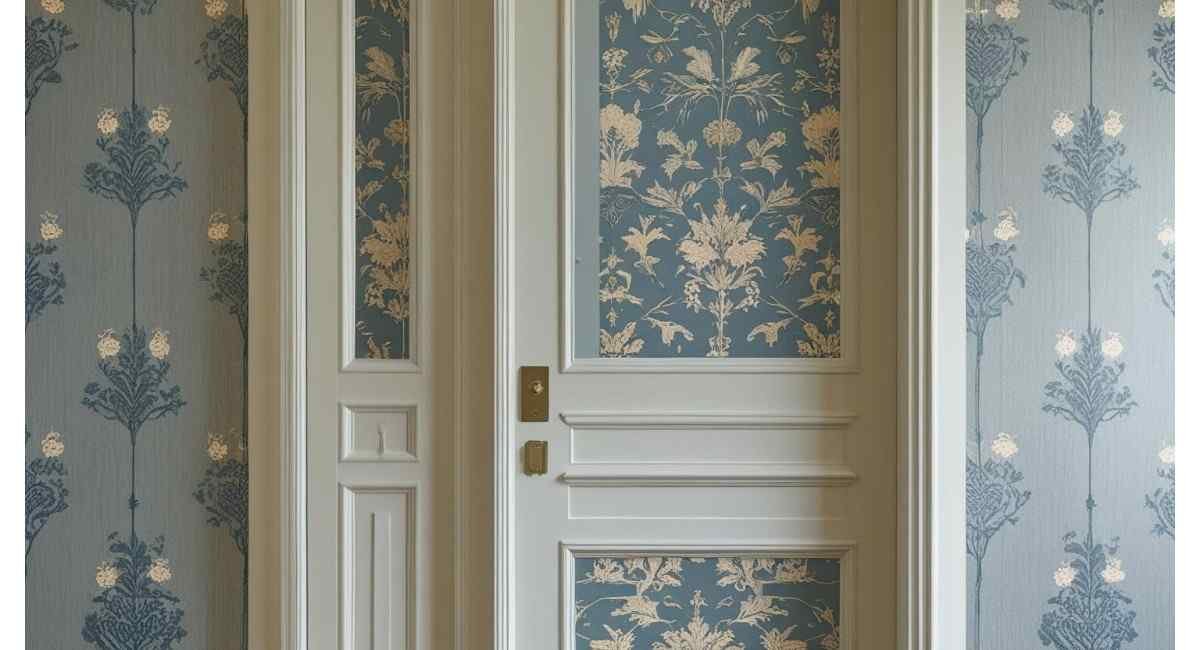Sometimes, the best design is the one you don’t see. That’s the magic of a jib door. And when paired with wallpaper? It’s like a secret waiting to be discovered. It hides. It blends. It transforms. A flat surface becomes a portal. And you barely even know it.
Let’s dig into the world of the jib door and why wallpaper is its best friend.
What Exactly Is a Jib Door?
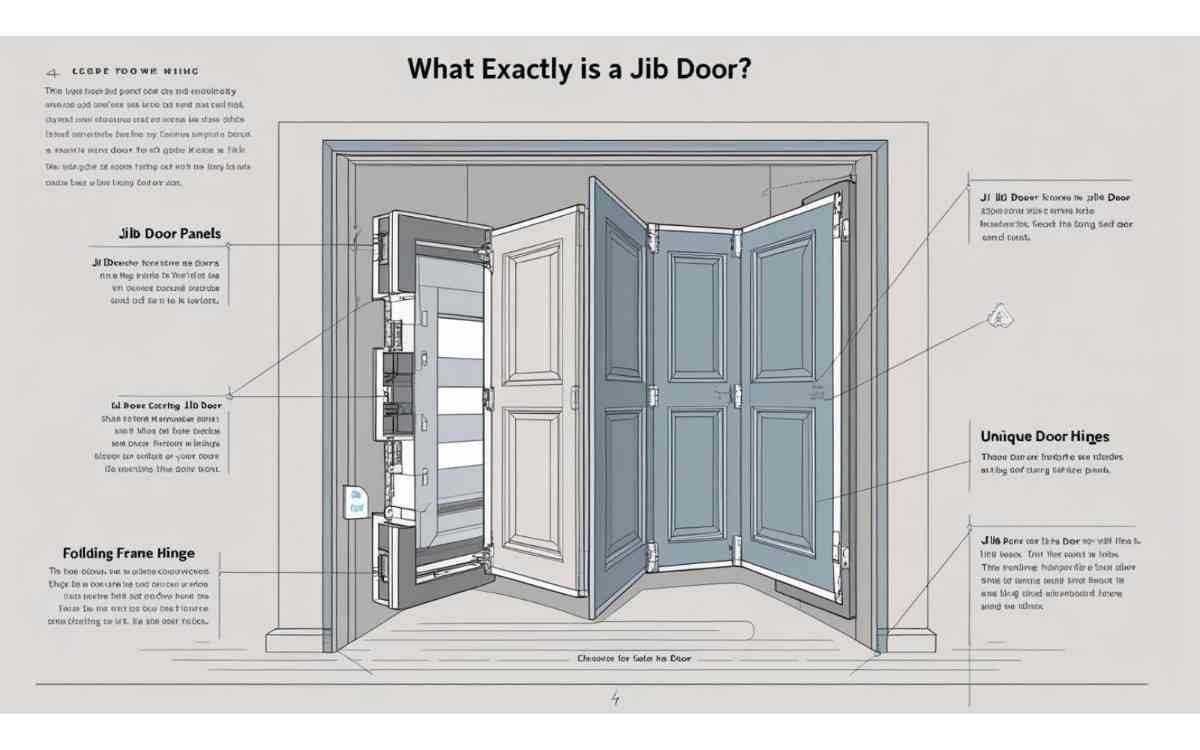
If you’re scratching your head, no worries. A jib door is a flush-mounted door that blends right into the wall. No trim. No frames. It just melts into the space. Like a chameleon in a jungle of colour.
It swings open like any door. But unlike most doors, this one wants to disappear.
These were common in grand old houses. Think secret rooms. Butler’s pantries. Escape routes. Today, they’re being revived—with a little modern twist.
Why Add Wallpaper to a Jib Door?
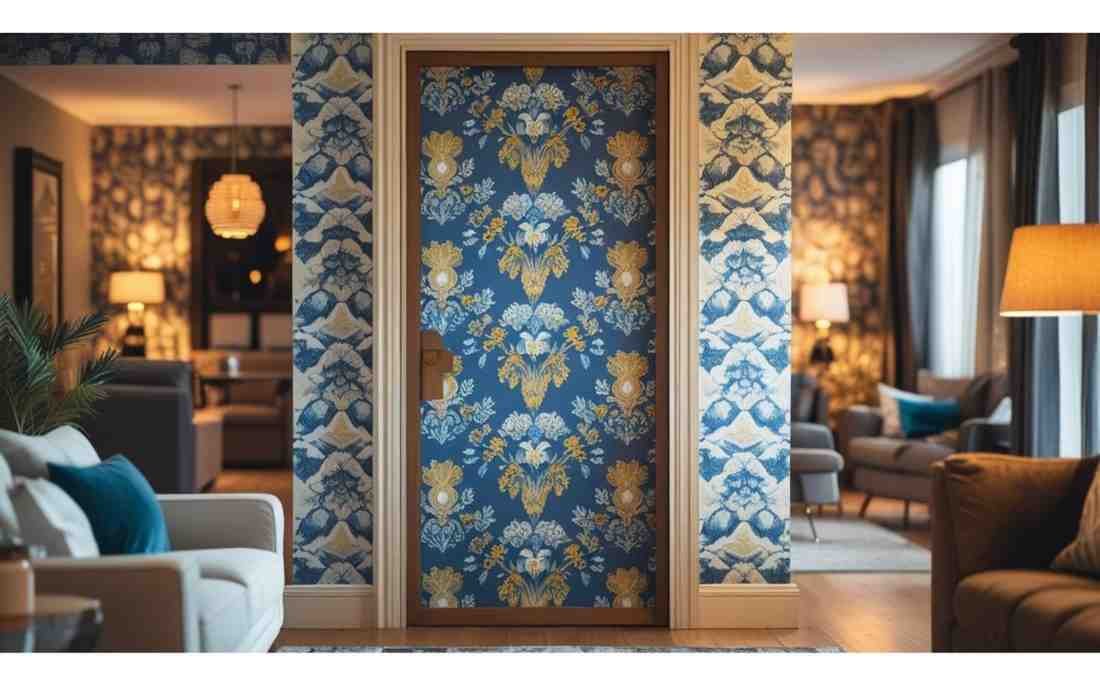
Because magic. Pure visual trickery.
Wallpaper helps hide the seams. It flattens everything out. Your eyes see a full wall of pattern. Not a door.
But also—it makes it beautiful. Let’s not ignore that part.
A jib door with wallpaper is both form and function. It hides, but it also shows off.
When Do You Use a Jib Door?
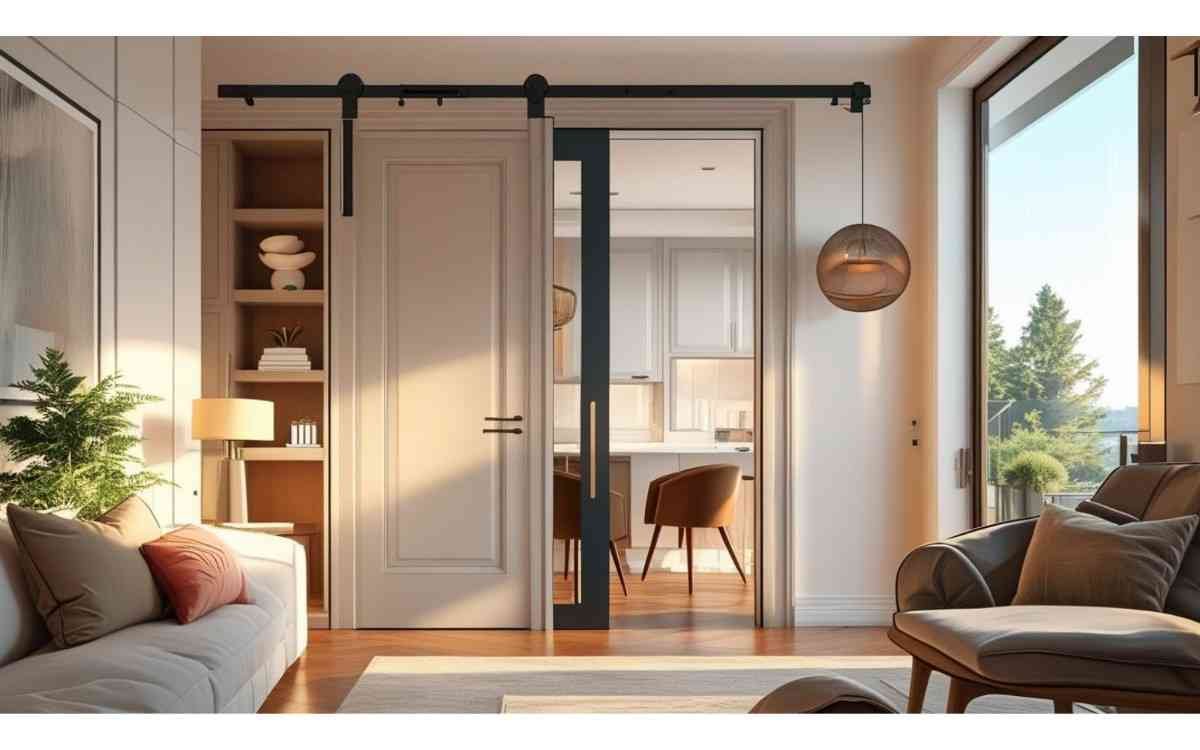
There are many reasons. Here are a few:
- To hide a utility closet in a formal space.
- To create a secret room or passage.
- To reduce visual clutter.
- To add a wow factor. (Who doesn’t love secrets?)
Or maybe just because you can.
How a Jib Door Works
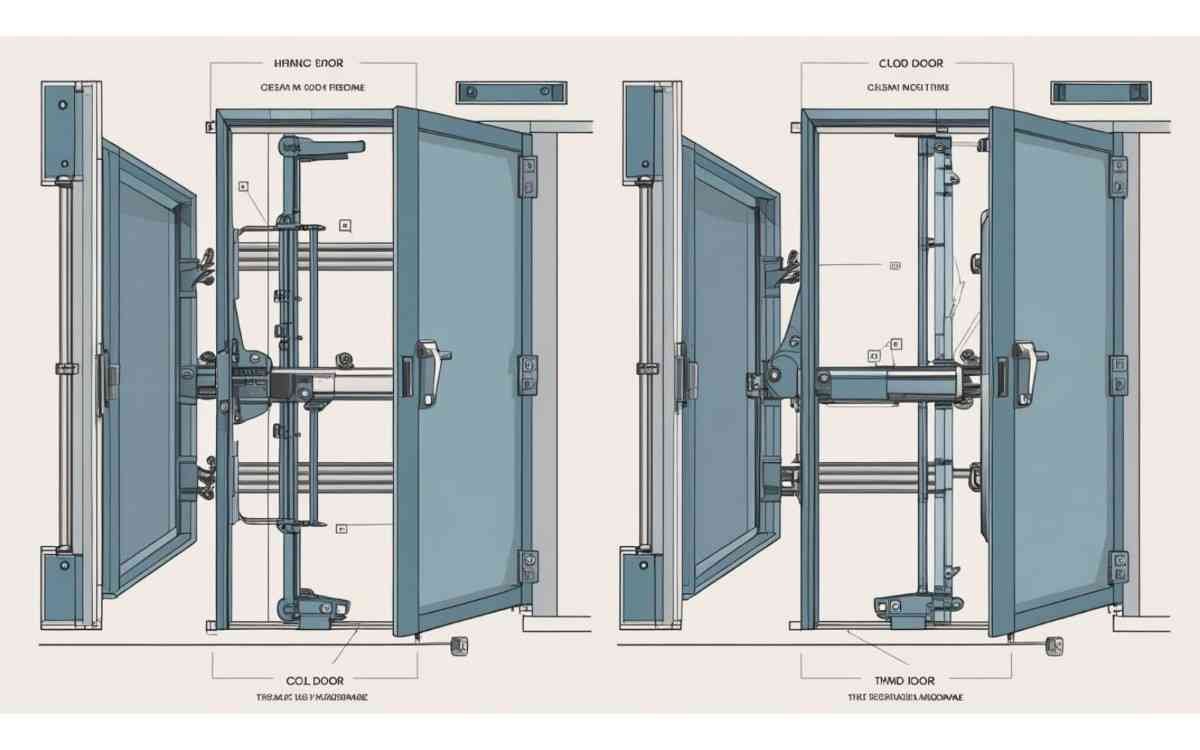
Behind the scenes, there’s a frame. But it’s tucked inside the wall.
The door itself is designed to be flush. Hinges are often hidden or minimal. Push-latch systems are common. No knobs.
With wallpaper? The pattern is matched perfectly.
It takes some precision. But when done right, it’s seamless. Invisible. Sleek.
Real Talk: Is It Worth It?
Short answer: yes.
Long answer: totally yes.
A jib door isn’t the easiest thing to build. You need a skilled carpenter. A smart installer. But the payoff? Huge.
In a small space, it can open things up.
In a big space, it can keep the vibe clean and elegant.
And let’s be honest—there’s something just cool about having a hidden door.
Wallpaper Choices That Work
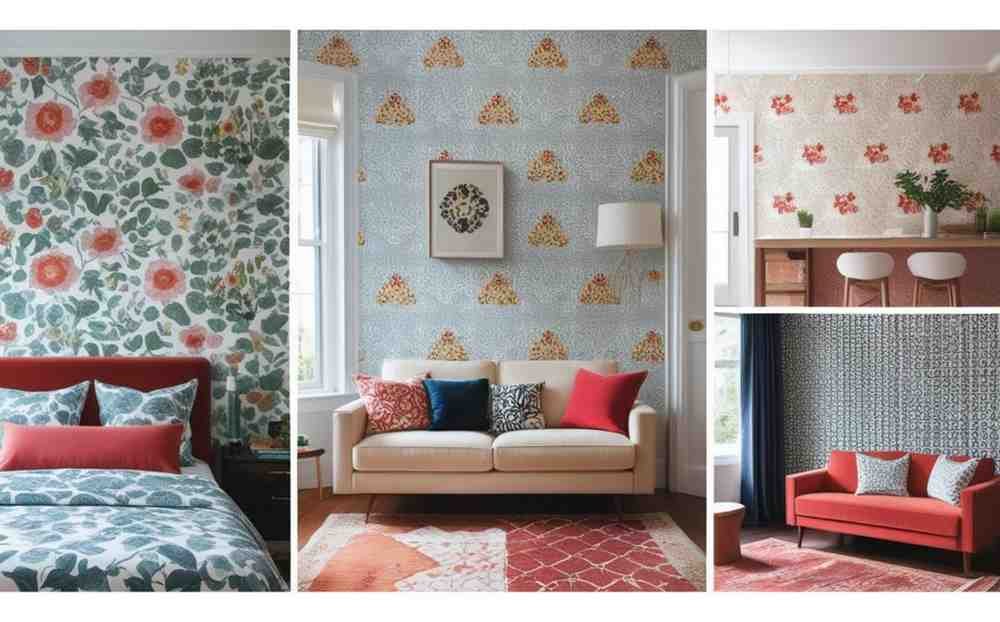
Not all wallpapers are created equal. For a jib door, you want something with:
- A repeating pattern
- Medium to bold scale
- Matte or low-sheen finish
Avoid shiny or highly textured paper. It can highlight seams instead of hiding them.
Go bold. Go dramatic. Or go soft and subtle. Just be consistent.
Where People Usually Place a Jib Door
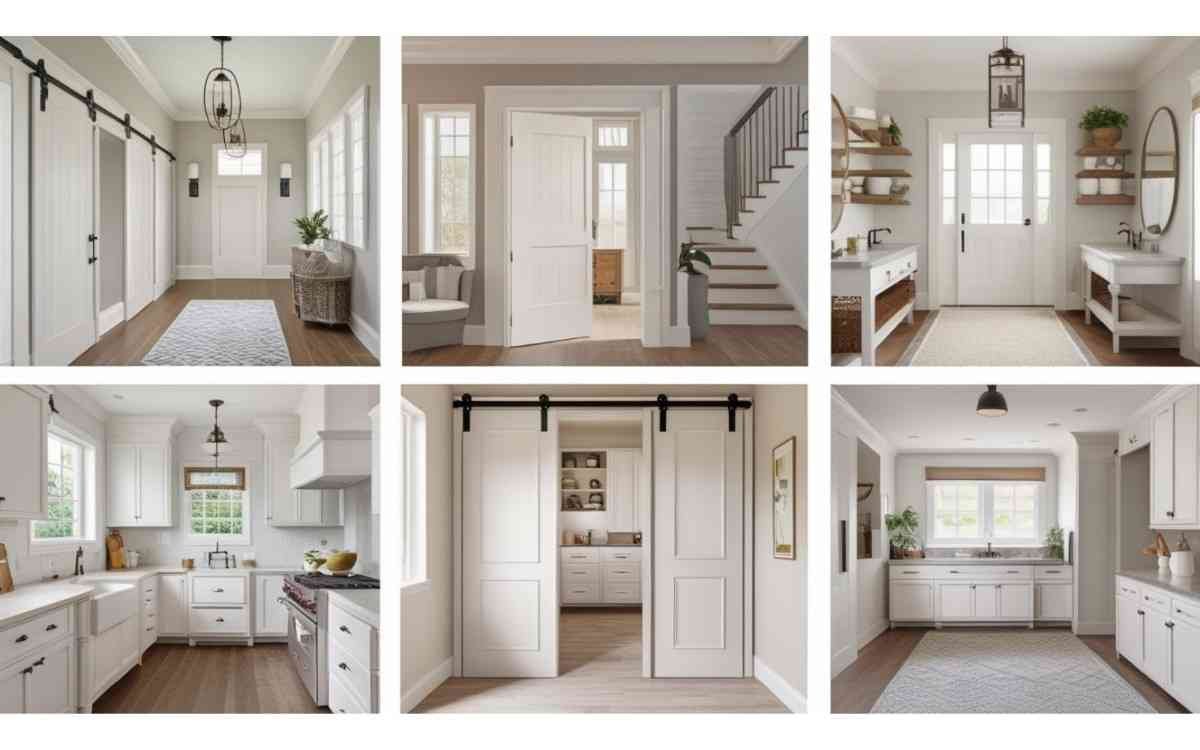
The answer? Anywhere you want to hide something.
Here are popular spots:
- Powder rooms off a hallway
- Closets in bedrooms
- Pantries in kitchens
- Offices in living rooms
- Wine cellars (yes, really)
Some folks even use a jib door to separate a main home from a rental unit or studio.
Cool Historical Uses of the Jib Door
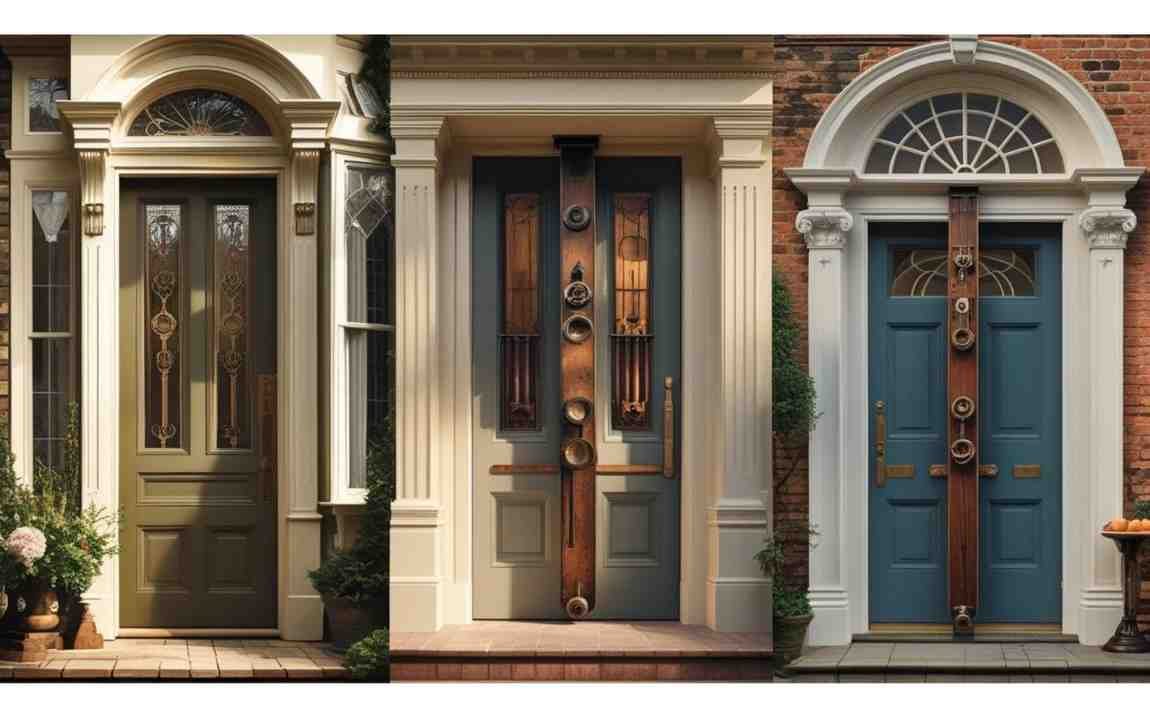
Old European castles used them for escape routes.
Servants in manor houses used them to come and go unnoticed.
Even the White House has them.
The design might be modern now, but the idea? It’s ancient.
Painting vs. Wallpaper on Jib Doors

Painting works. But it doesn’t hide as well.
With wallpaper, the door nearly disappears.
The paint leaves subtle shadows around the door’s edge.
With wallpaper, those lines blur. Or vanish altogether.
It’s not just aesthetics. It’s an illusion.
Is It Difficult to Install?
Yes and no.
If you’re handy, you can try it.
But here’s the truth: get a pro.
The wallpaper needs to match up exactly. Hinges need to be aligned perfectly.
It’s not a DIY project for beginners. One slip and the illusion’s ruined.
Jib Door Hardware: What You Need
You’ll need:
- Concealed hinges
- A push-latch system or touch-latch
- Magnetic catches (optional)
No knobs. No handles. That breaks the spell.
Keep it clean.
The Best Type of Wall for a Jib Door
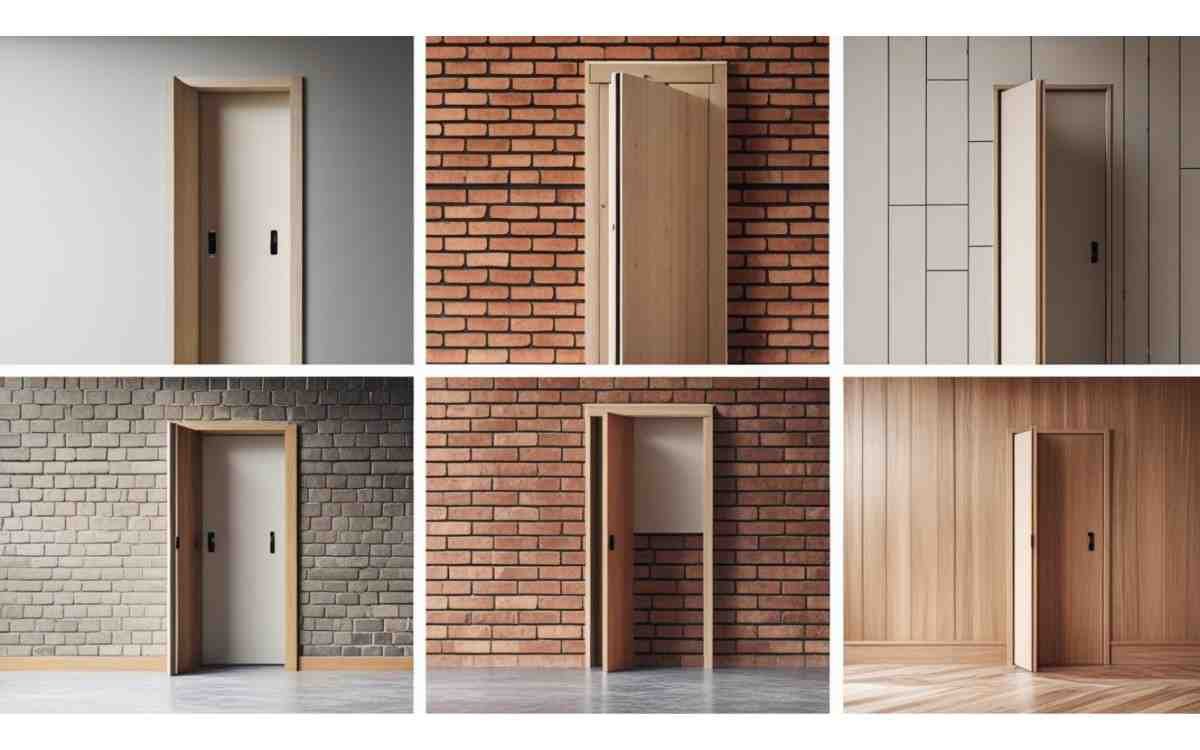
Flat walls. No panelling. No existing trim.
Plaster or drywall—both can work.
Just make sure everything is smooth. Uneven walls ruin the look.
And remember: the smoother the wall, the better the camouflage.
Should You Hide It Completely?
Up to you.
Some people love the total hidden effect.
Others add a small art piece or frame to disguise it in plain sight.
If you’re going all in, commit. Seamless pattern. No shadows. No clues.
If you want a soft nod to the door, keep it subtle.
How to Maintain a Jib Door
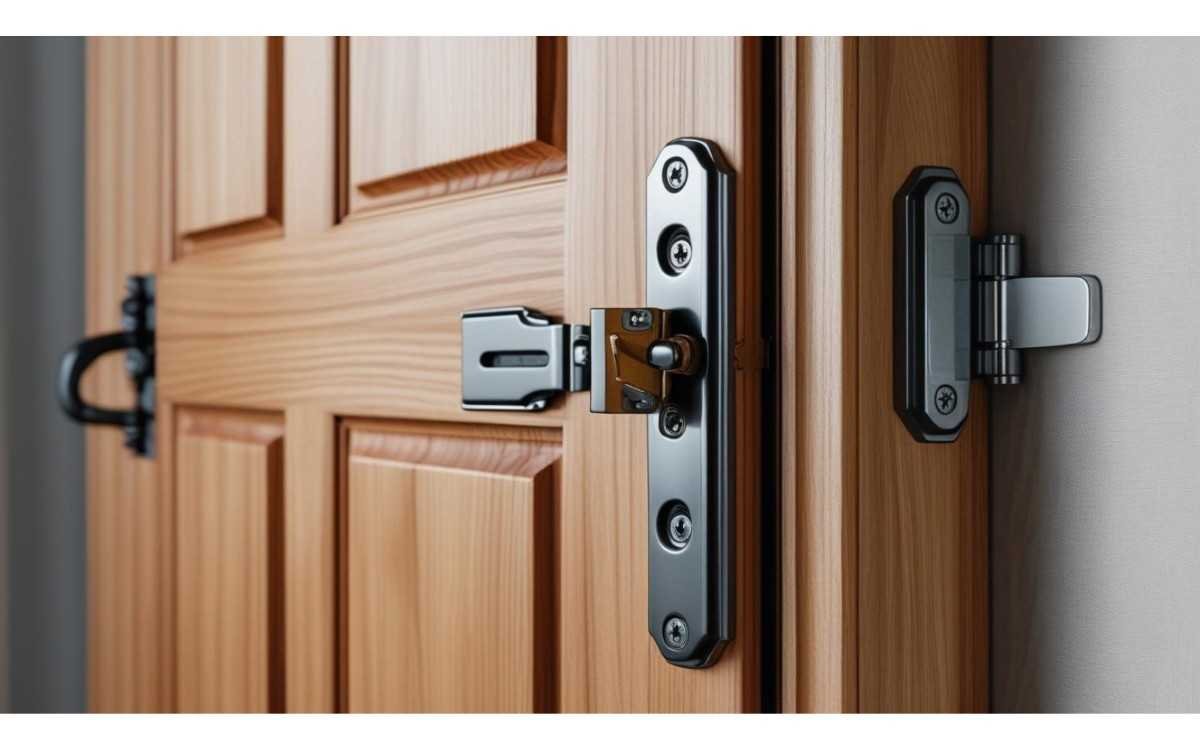
Treat it like any door.
Keep the hinges oiled. The latch is clean.
If the wallpaper peels, reapply carefully.
Don’t slam it. Gentle pushes only.
It’s not a heavy-duty garage door. It’s elegance.
Does It Work in Every Style of Home?
Not every home. But many.
Modern? Absolutely.
Traditional? Yep. Especially with floral wallpaper.
Eclectic? For sure. Play with it.
Rustic or farmhouse? Maybe not. Unless you keep the look minimal.
Things to Avoid When Designing a Jib Door
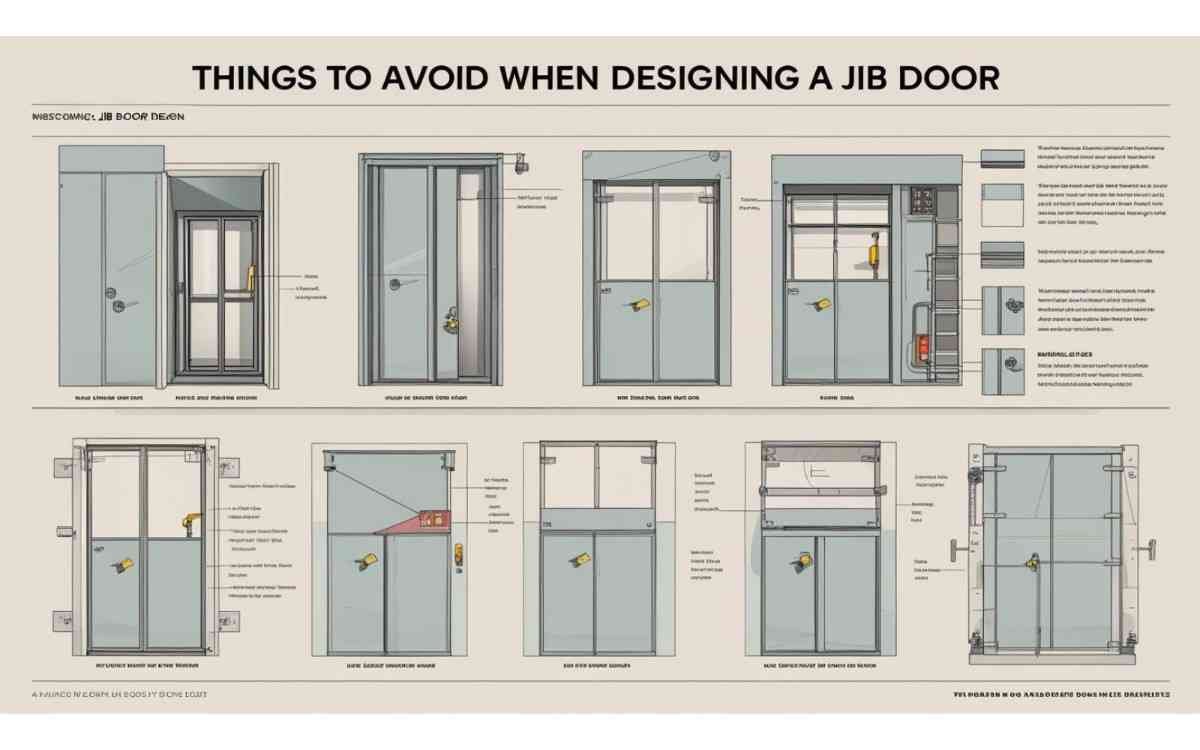
- Misaligned wallpaper patterns
- Cheap hinges
- Visible gaps
- Bright lighting near the door (which can highlight the edges)
Keep it subtle. Keep it tight.
Can a Jib Door Be Soundproof?
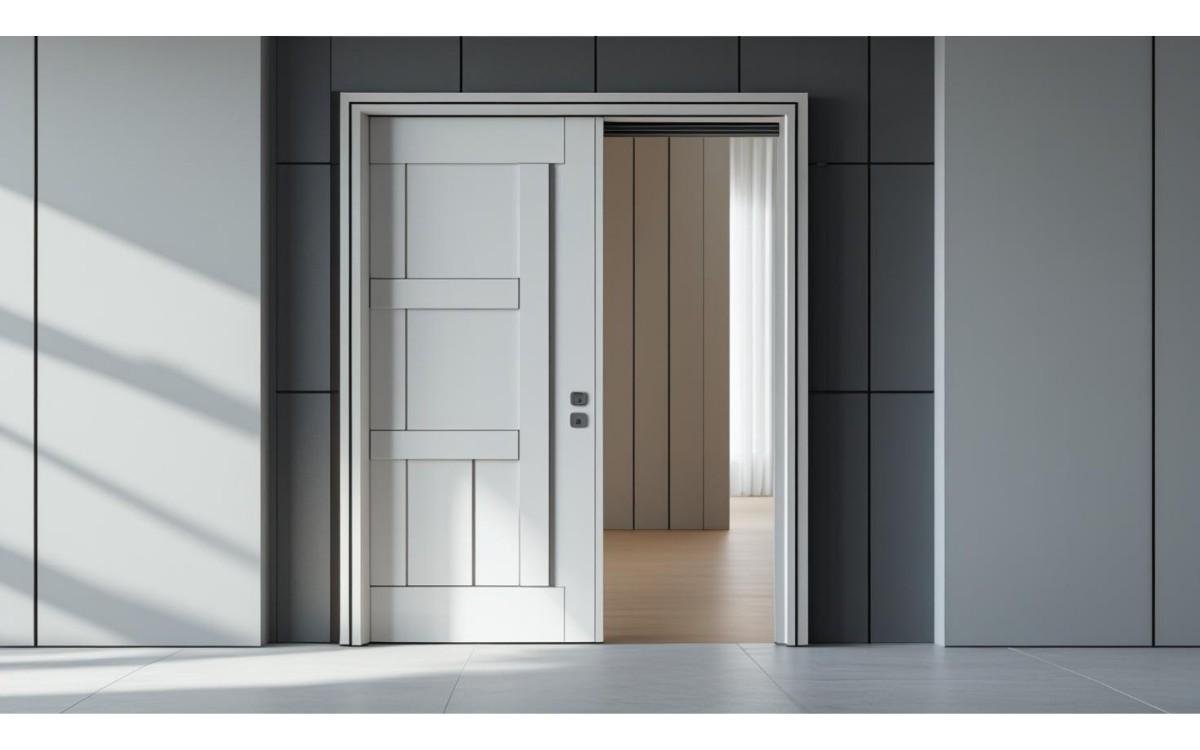
Somewhat. But don’t expect miracles.
You can add acoustic seals or dense core materials.
But remember, it’s more for looks. Not Fort Knox.
Using Jib Doors in Apartments or Small Homes

It’s genius.
Small spaces get cluttered fast.
A jib door lets you hide storage, laundry, and even a small bathroom.
With wallpaper, the space feels bigger. Cleaner.
No visual noise.
Can You Add a Jib Door After the Fact?
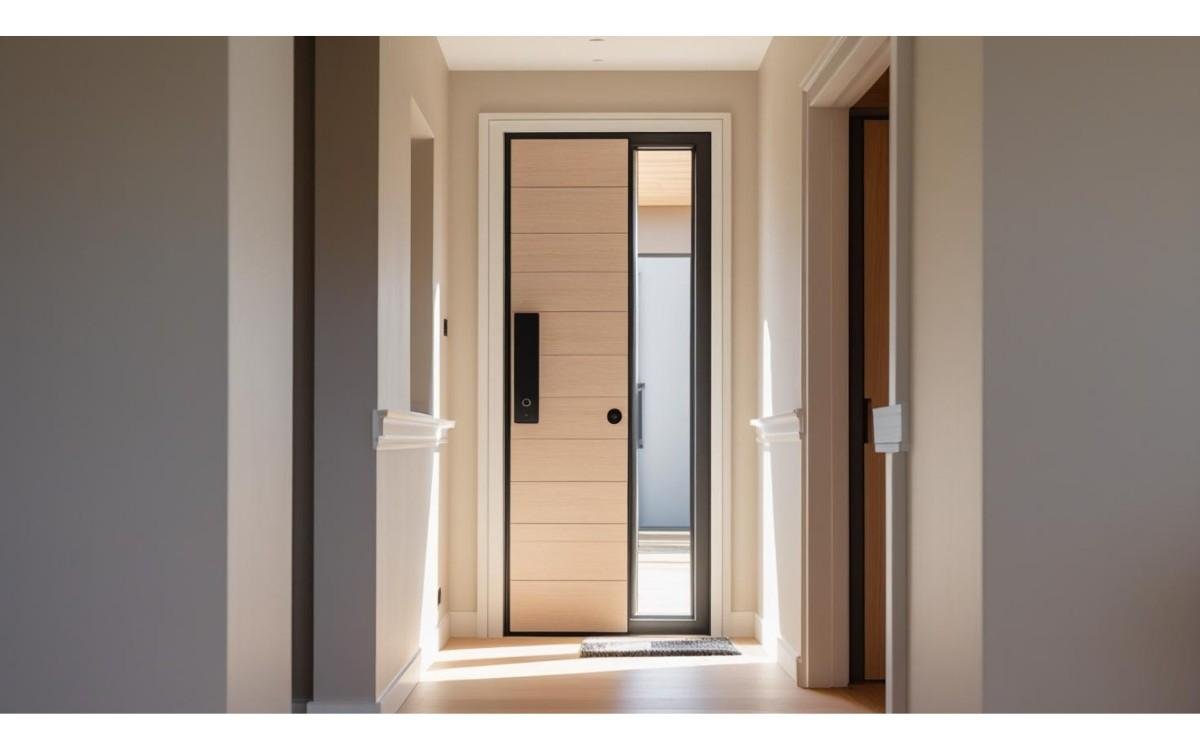
Yes. But it’s easier when planned early.
Retrofitting takes more work. But it’s not impossible.
You might need to remove some drywall. Redo trim.
But with the right help? Doable.
Final Thoughts: The Secret Is Out
The jib door might be quiet. But it makes a statement.
It whispers elegance. It shouts mystery. It balances both.
Wallpaper makes it shine—or disappear.
Whether you want to hide a room or just have some fun, a jib door with wallpaper is a bold, clever move.
It’s not just design. It’s art. Disguised as a wall.
Go on. Add a little mystery to your home.

